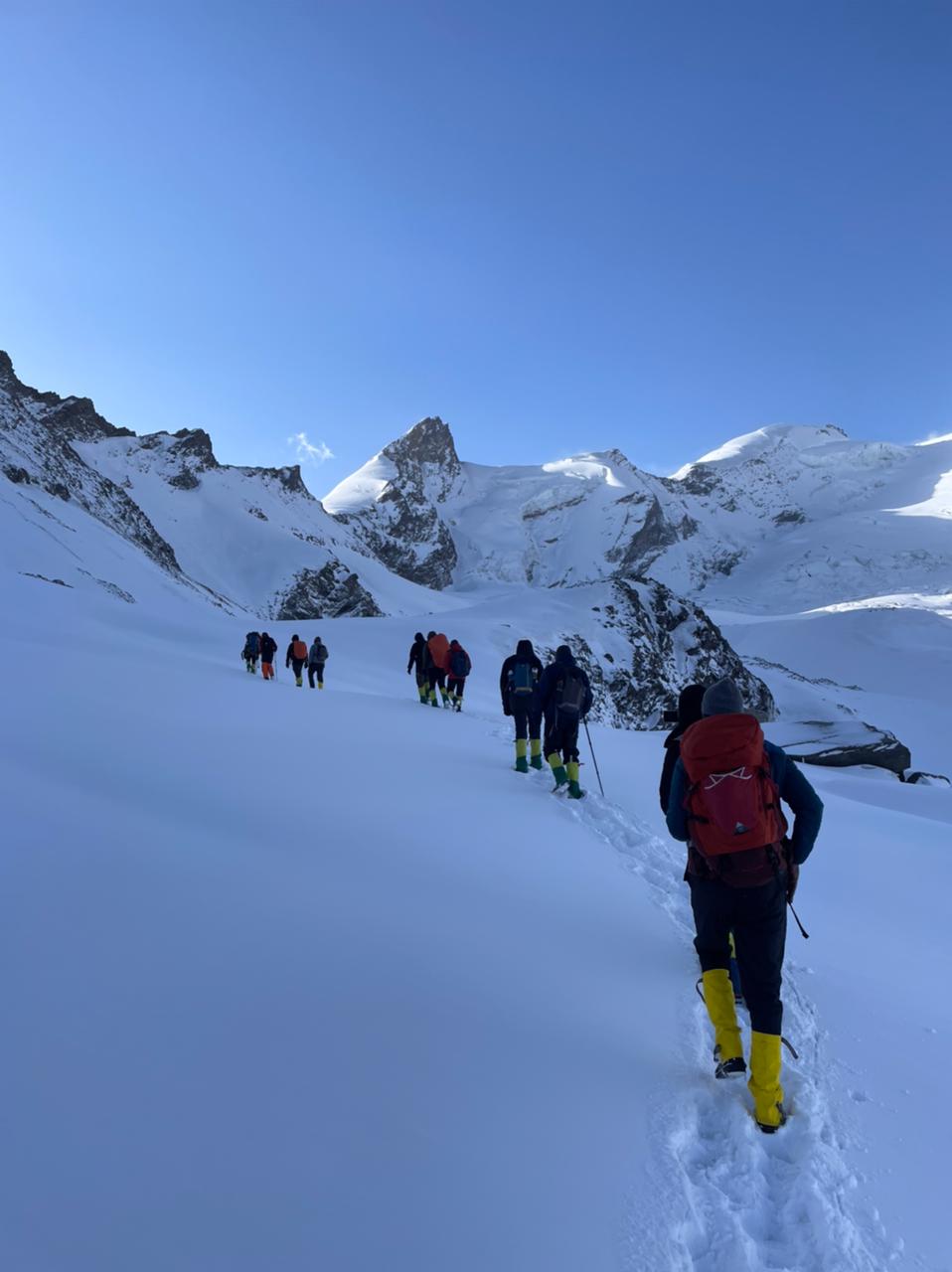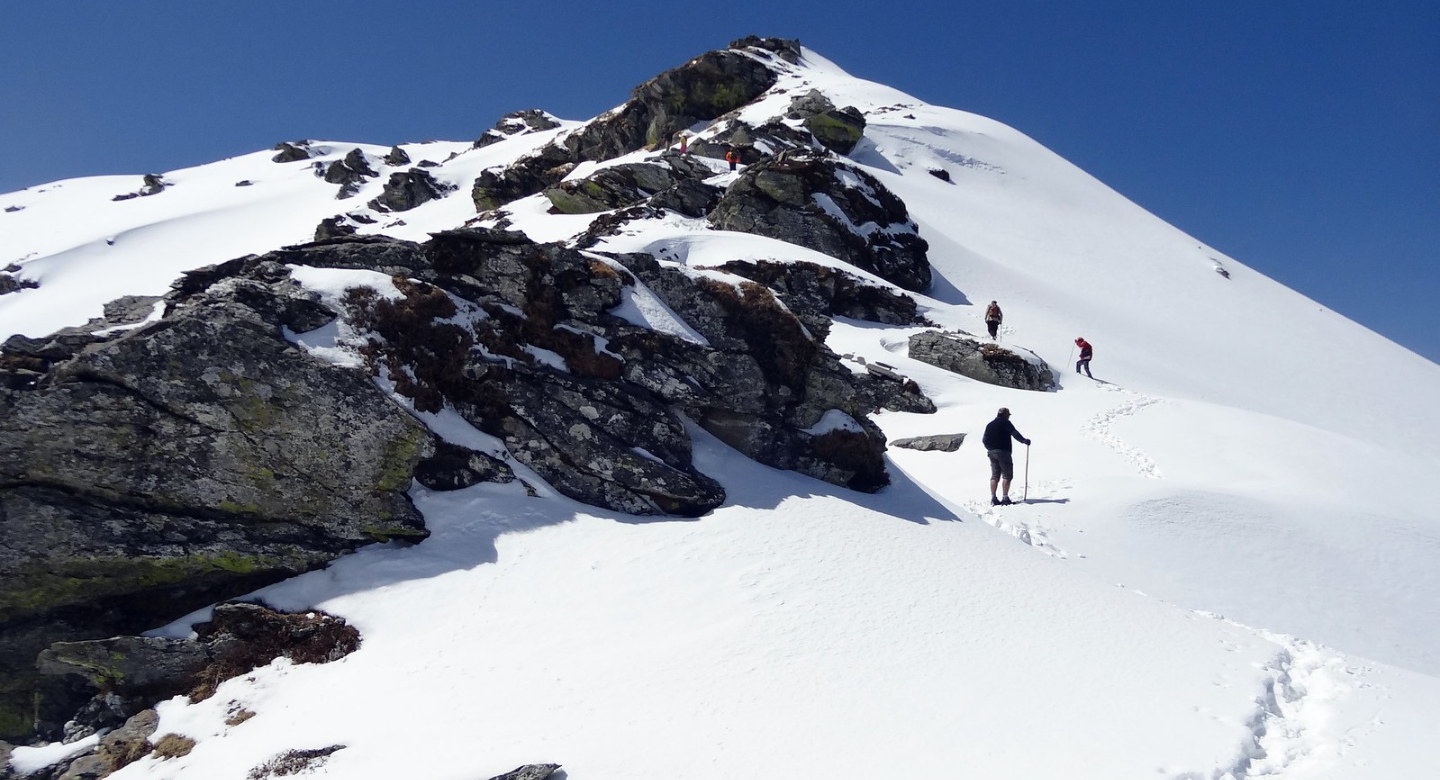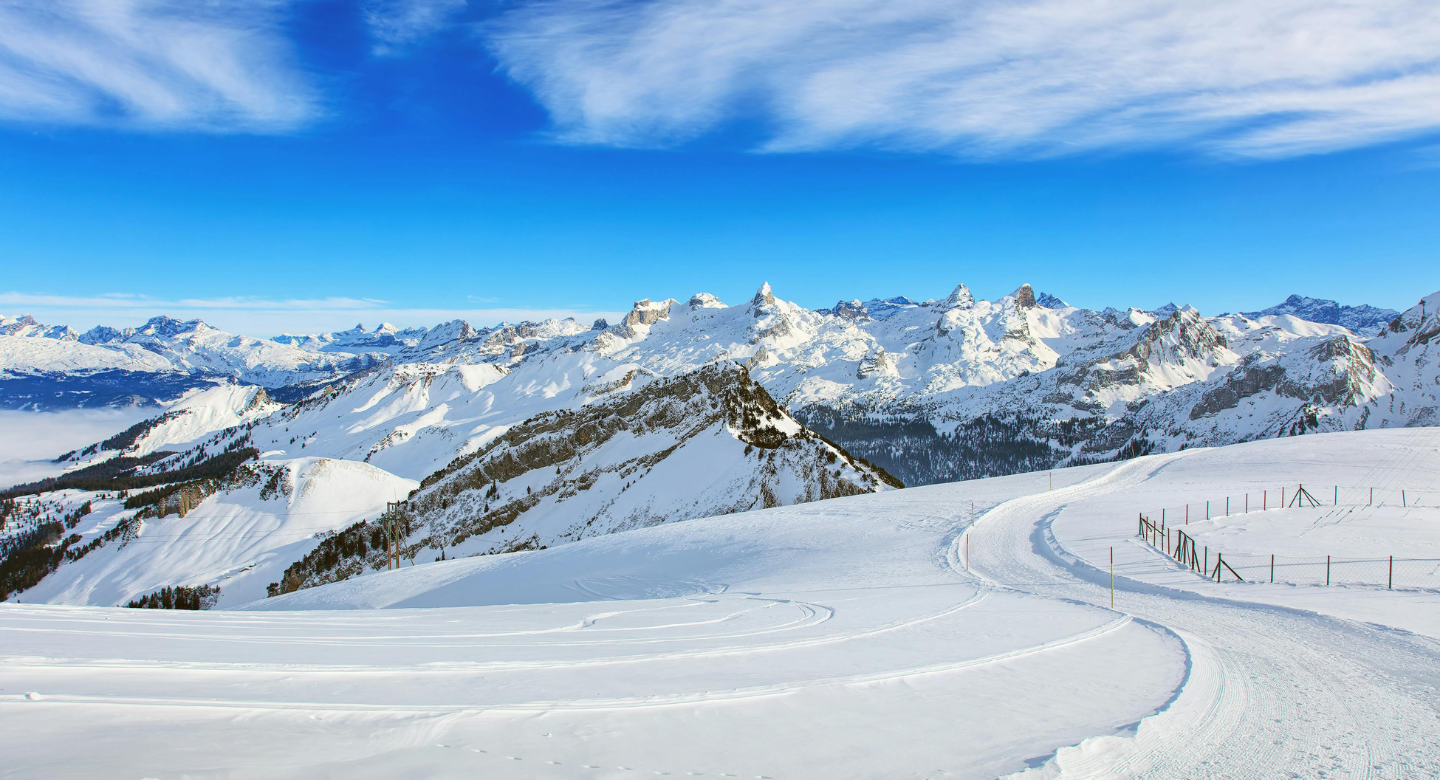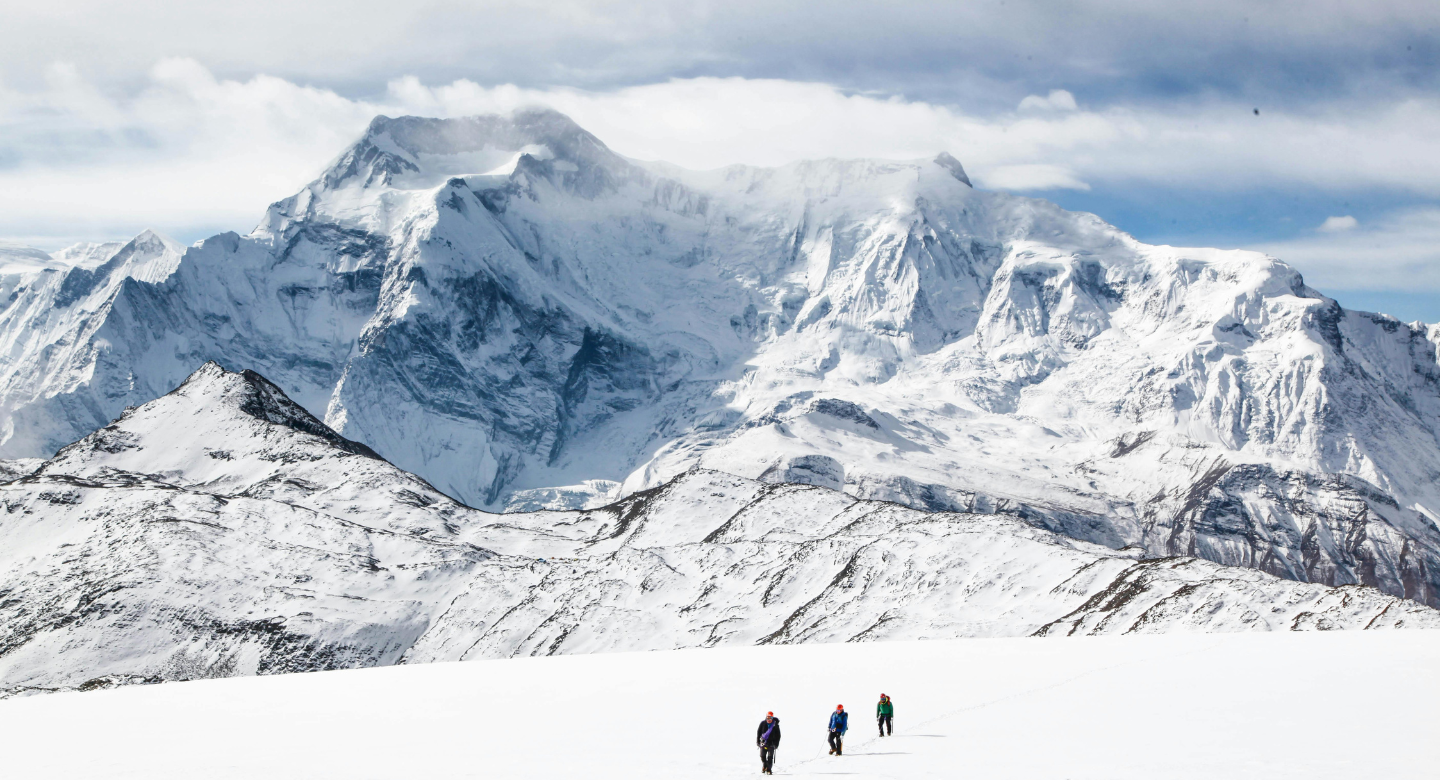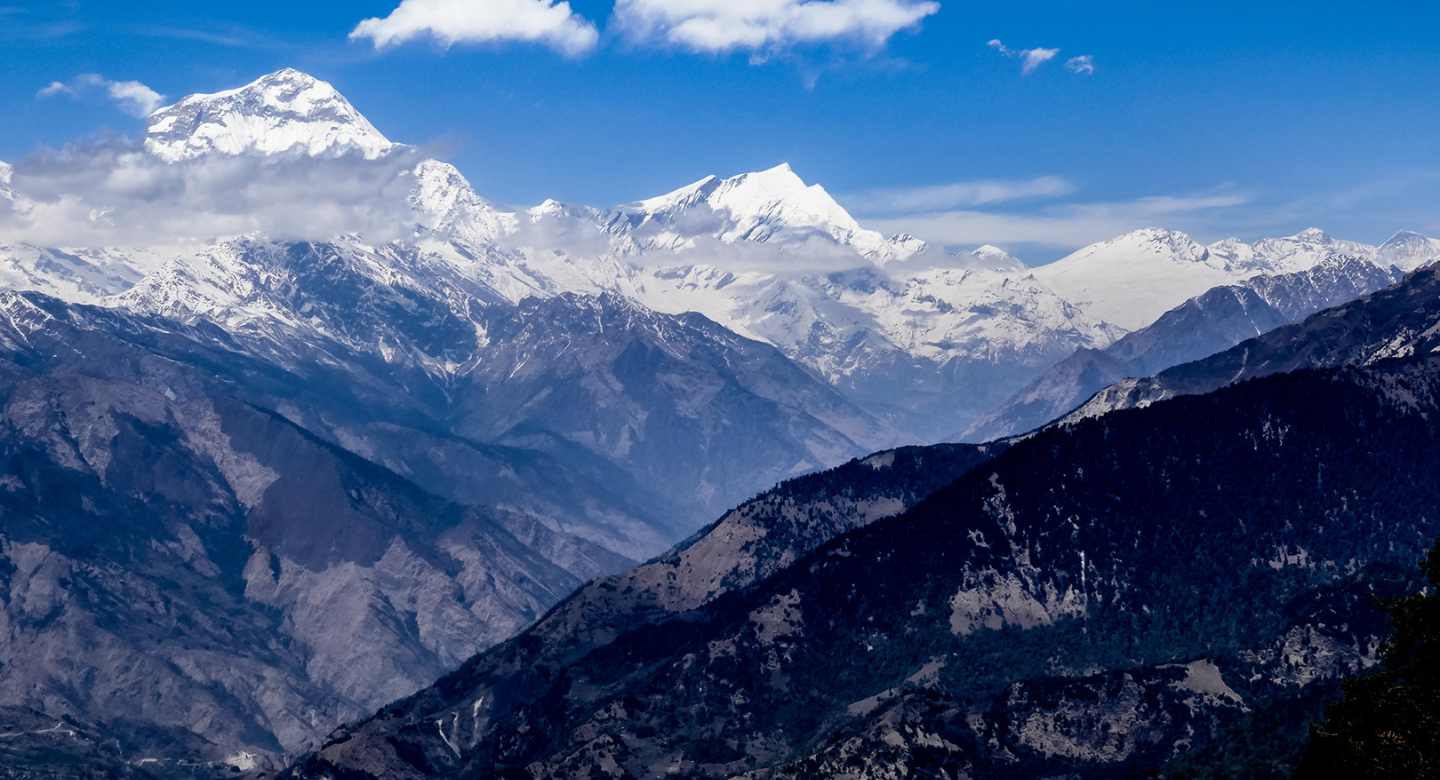
11 Best Treks to Do in February 2025 • Scoutripper
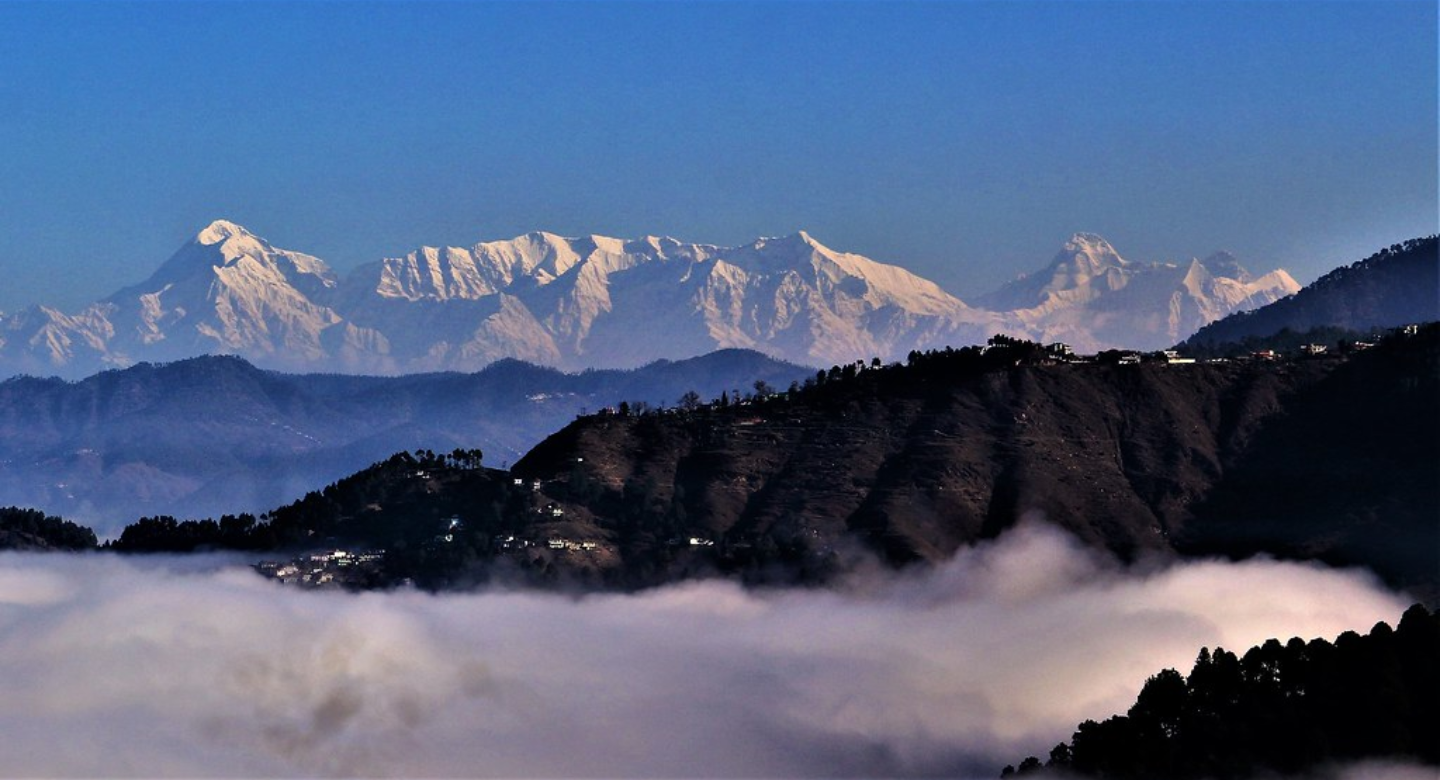
February is a fantastic month to experience the beauty of the Himalayas. As winter lingers, the snow-covered trails and pristine landscapes create a serene atmosphere, perfect for adventurers seeking peace, natural beauty, and fewer crowds. This time of year offers the best of both worlds—stunning winter scenery with a hint of the coming spring.
Top Reasons to Choose February for Trekking
Enchanting Snow-Covered Views: The landscape is still blanketed in snow, creating breathtaking, postcard-worthy views with pristine white peaks and glittering valleys that make the trek incredibly memorable.
Clearer Weather and Panoramic Views: February often brings crisp, clear skies, giving trekkers unobstructed views of distant snow-capped peaks and perfect conditions for photography and soaking in the surroundings.
Less Crowded Trails: Fewer trekkers mean quieter, more serene trails, allowing you to fully immerse yourself in nature’s beauty without the distractions of peak-season crowds.
Ideal Conditions for Winter Sports: February’s snow cover is great for winter activities like snowshoeing and skiing, adding variety and fun to your trekking experience in select areas.
Chances of Spotting Winter Wildlife: With animals moving to lower altitudes, February offers opportunities to spot unique Himalayan wildlife in its natural habitat, adding an element of thrill to the trek.
Discover the Best Treks for February Adventures
1. Panwali Kantha Trek

Panwali Kantha, a 3,300 m high trekking destination in the Garhwal Himalayas, offers stunning views of Char Dham mountain ranges, including Gangotri, Yamunotri, Kedarnath, and Badrinath. The high-altitude meadow is popular for its sunrise and sunset views and is home to various Himalayan wildlife.
|
📍 Location |
Ghuttu, Uttarakhand |
|
🏔️ Altitude |
10,800 ft |
|
👣 Distance |
40 KM |
|
🕓 Duration |
5 Days |
|
🥇 Grade |
Moderate |
2. Ali Bedni Bugyal Trek
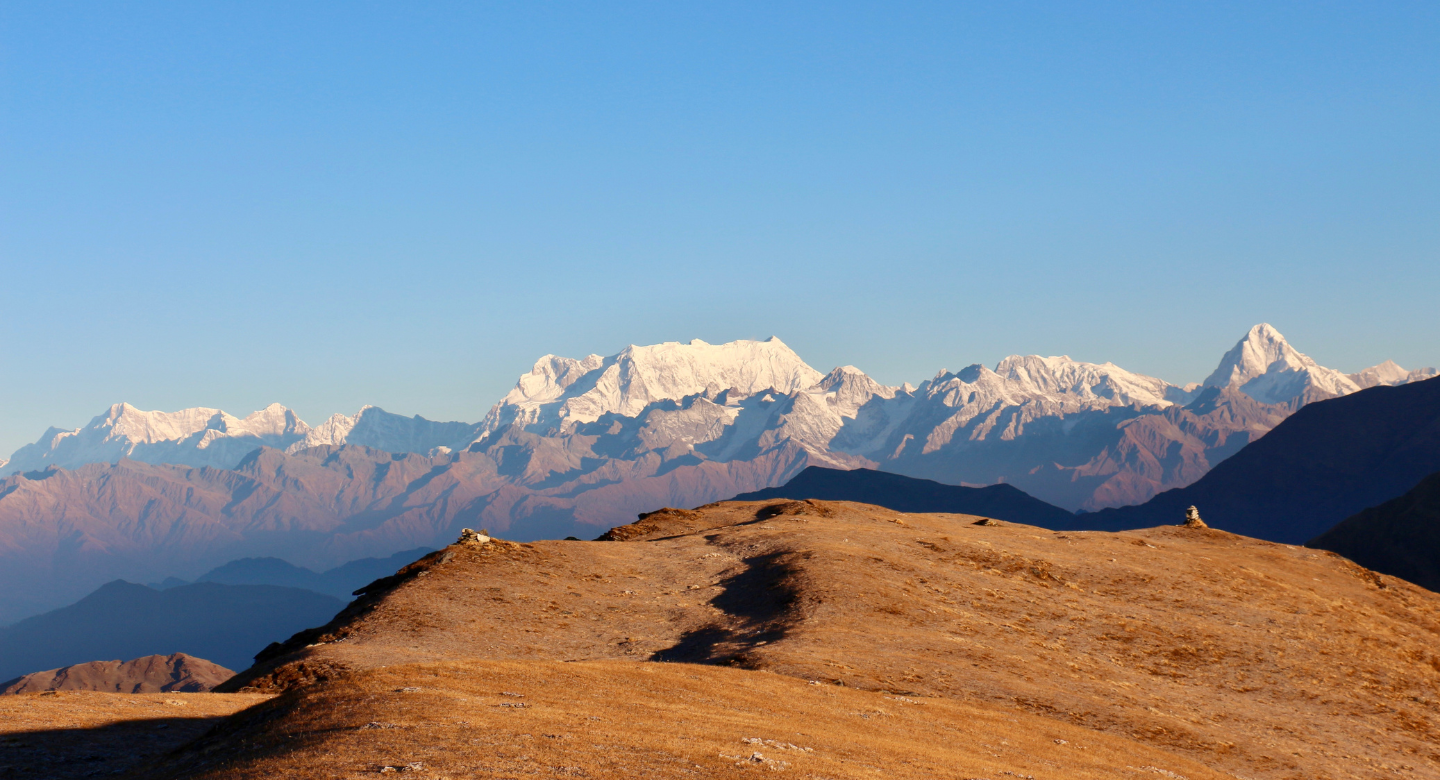
The Ali Bedni Bugyal Trek is a 6-day journey starting in Lohajung, a midpoint on the Roopkund Trek, and ending in Wan village. The trek offers a picturesque view of the Nanda Ghunti peak and a glimpse into local culture. The trail passes through quaint villages, alpine forests, and streams, culminating in Didna Village, where trekkers can stay at guesthouses and witness sheep and horses grazing. The name "Lohajung" comes from a mythical battle between Goddess Parvati and the demon Lohasur.
|
📍 Location |
Lohanjung, Uttarakhand |
|
🏔️ Altitude |
12,000 ft |
|
👣 Distance |
31 KM |
|
🕓 Duration |
6 Days |
|
🥇 Grade |
Easy to Moderate |
3. Bagji Bugyal Trek
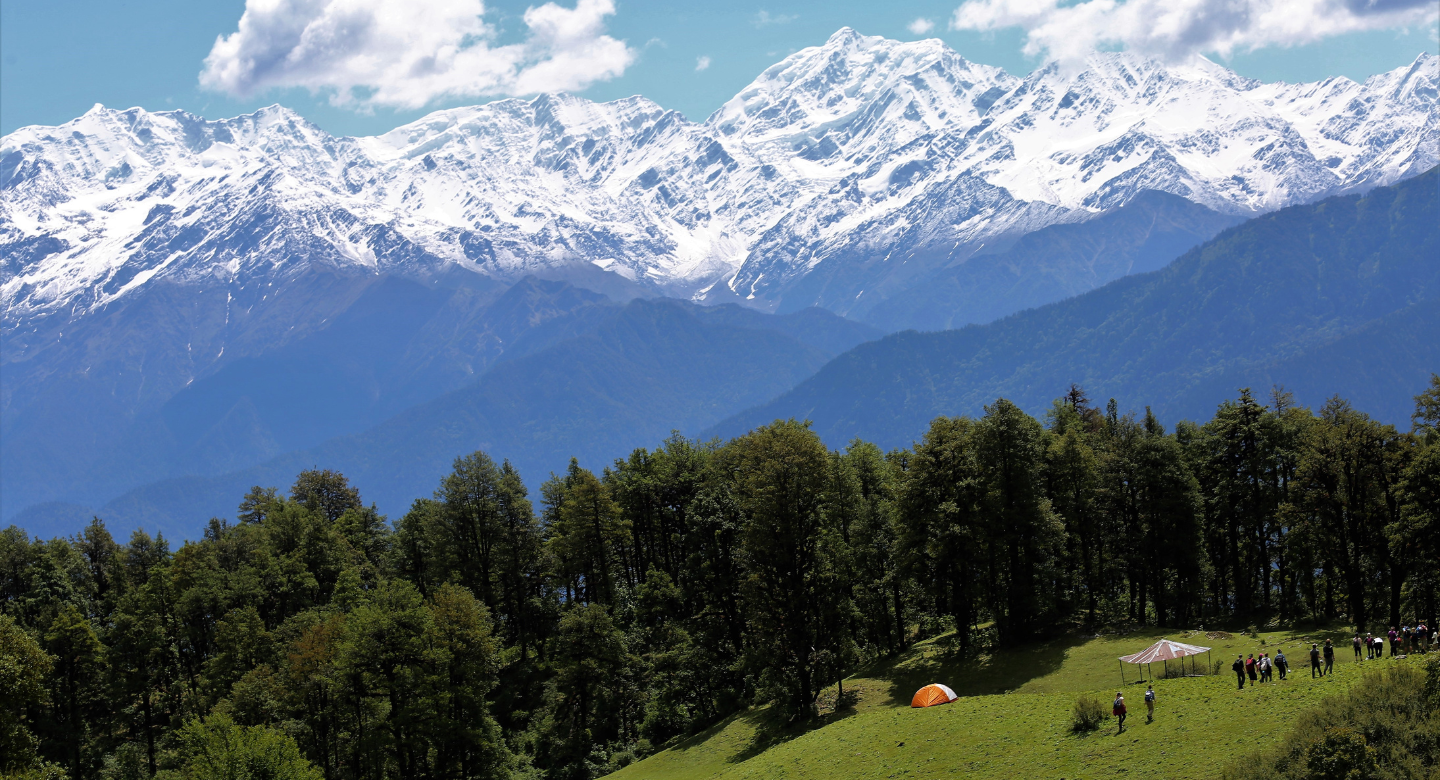
Bagji Bugyal is a hidden gem in Uttarakhand, celebrated for its historical connection to tigers. This unique trek provides an enchanting mix of history and nature, making it a must-visit for adventure enthusiasts. Its name, which means ‘Meadow of Tigers,’ sparks curiosity and allure among trekkers.
|
📍 Location |
Ghase, Uttarakhand |
|
🏔️ Altitude |
11,100 ft |
|
👣 Distance |
24 KM |
|
🕓 Duration |
6 Days |
|
🥇 Grade |
Easy to Moderate |
4. Bajre Dara Trek
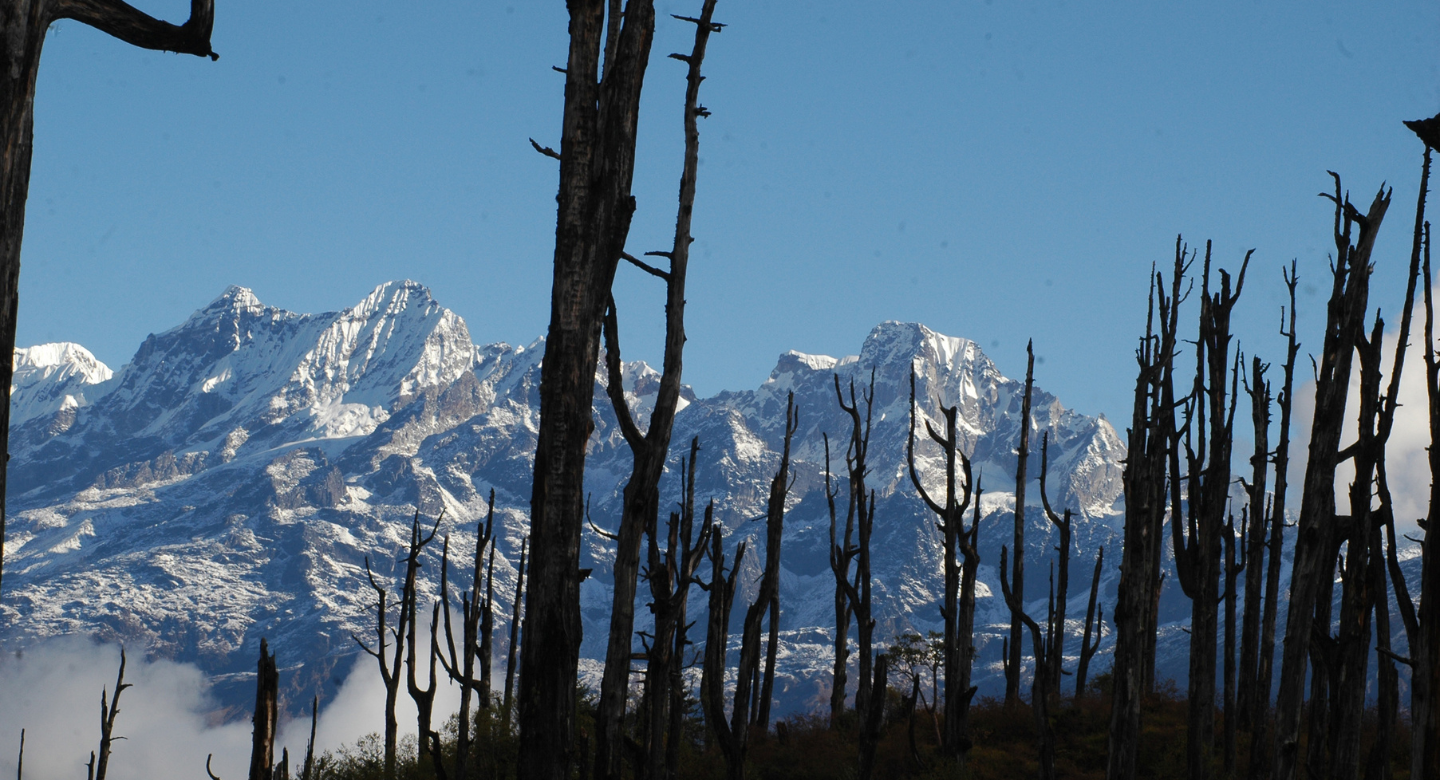
The Bajre Dara Trek offers an exceptional blend of history, nature, and spirituality, making it a standout trekking experience in Sikkim. This trek weaves through the cultural and natural treasures of the region, leaving trekkers enriched and inspired.
|
📍 Location |
Bhanjang, Sikkim |
|
🏔️ Altitude |
11,100 ft |
|
👣 Distance |
32 KM |
|
🕓 Duration |
5 Days |
|
🥇 Grade |
Easy to Moderate |
5. Kedarkantha Trek
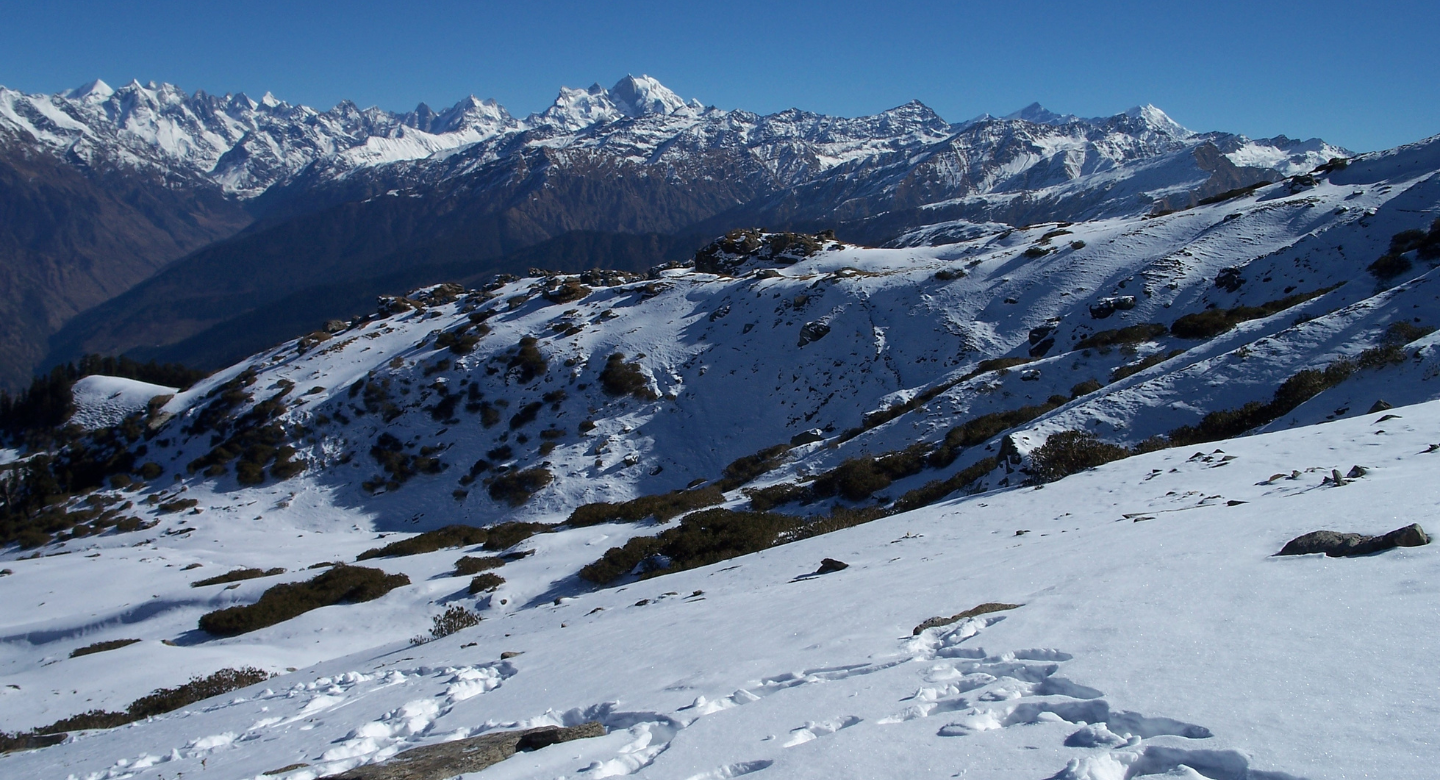
The Kedarkantha Trek is a mesmerizing adventure set in the serene wilderness of Uttarakhand, where the majestic snow-capped peaks rise dramatically against the azure sky, painting a picturesque backdrop that captivates the hearts of all who venture here. This trek is a harmonious blend of natural beauty and tranquility, making it an ideal escape for nature enthusiasts who seek solace away from the hustle and bustle of urban life.
|
📍 Location |
Sankri, Uttarakhand |
|
🏔️ Altitude |
12,500 ft |
|
👣 Distance |
20 KM |
|
🕓 Duration |
6 Days |
|
🥇 Grade |
Easy to Moderate |
6. Dayara Bugyal Trek
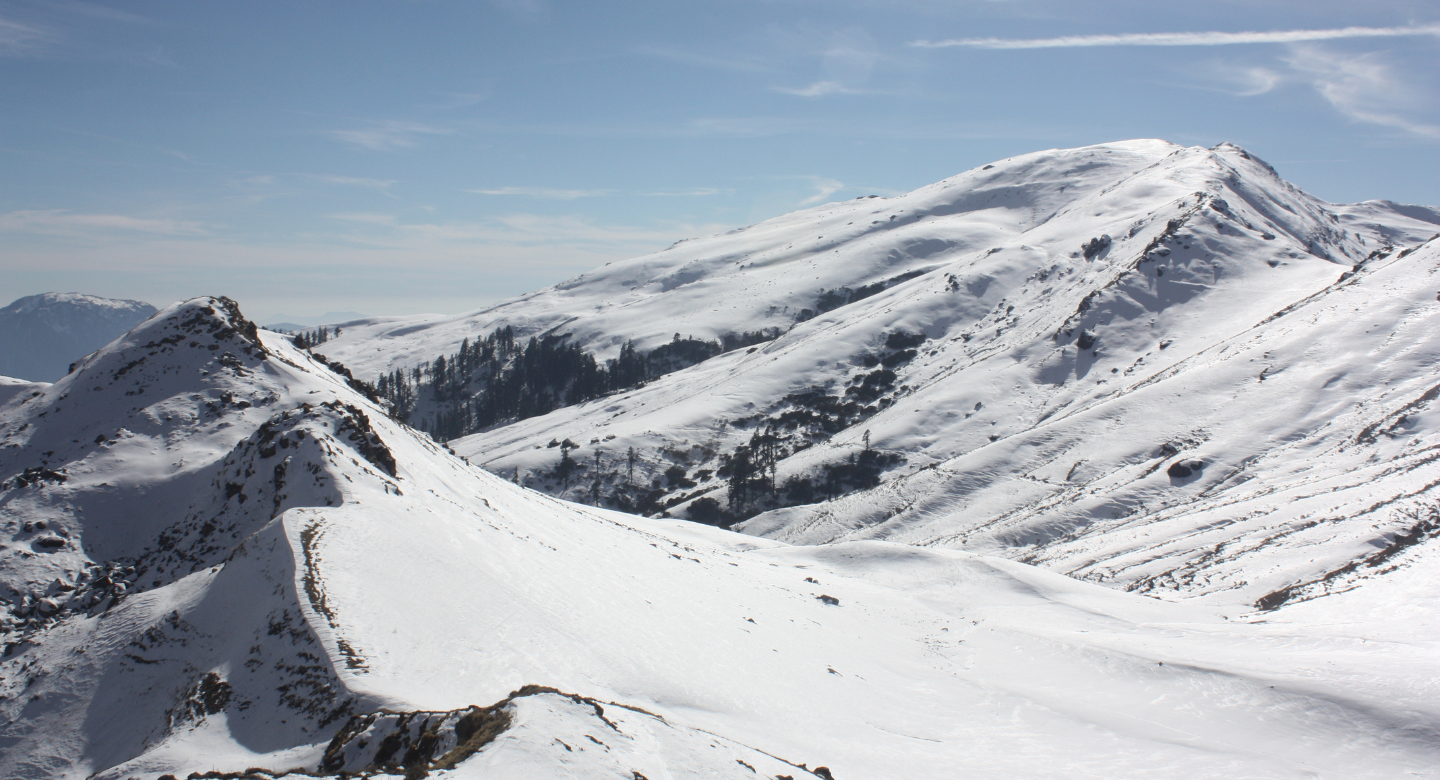
Dayara Bugyal is a dream destination for trekkers, combining stunning vistas, serene meadows, and cultural richness. It’s an experience that leaves you with unforgettable memories of the Garhwal Himalayas.
|
📍 Location |
Dehradun, Uttarakhand |
|
🏔️ Altitude |
12,100 ft |
|
👣 Distance |
40 KM |
|
🕓 Duration |
6 Days |
|
🥇 Grade |
Moderate to Difficult |
7. Kuari Pass Trek
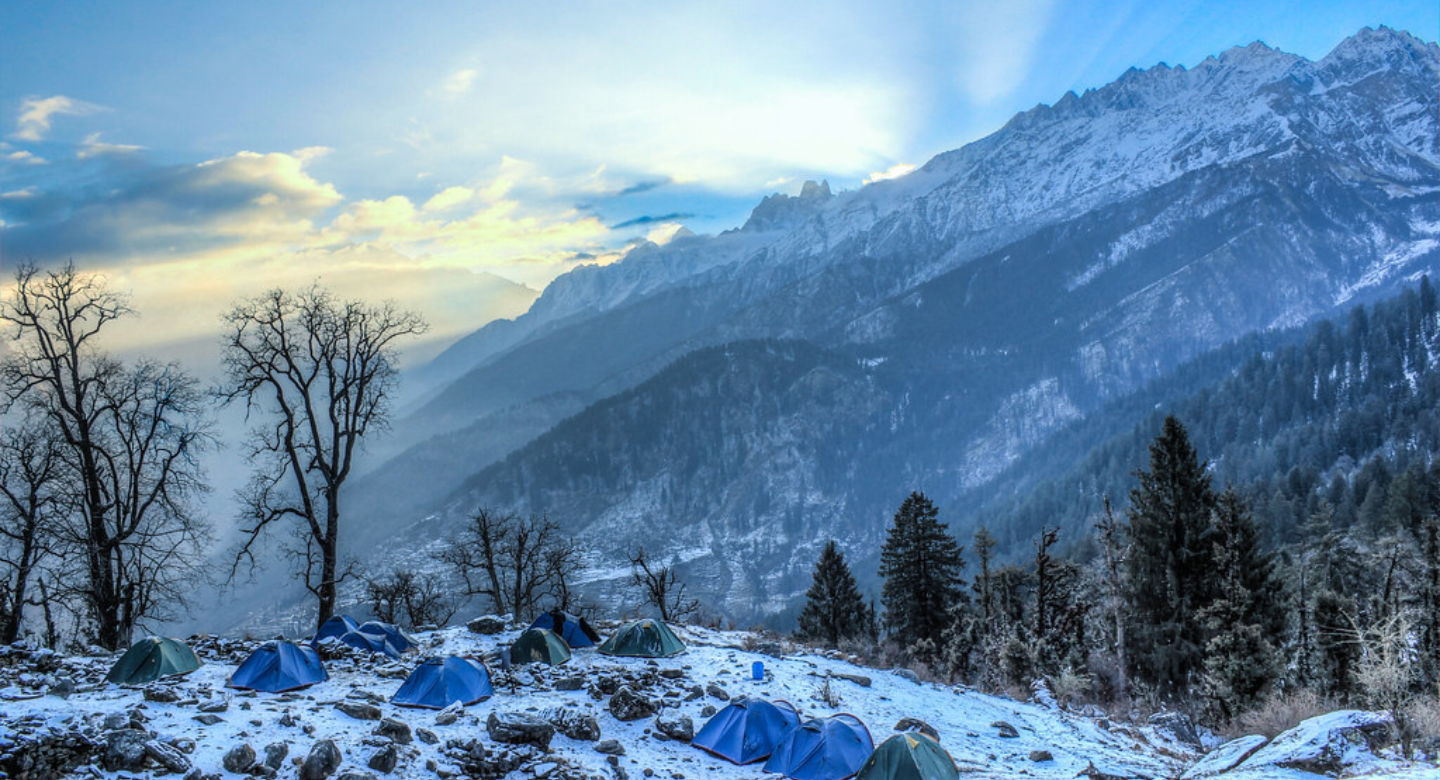
The Kuari Pass trail meanders through serene oak and rhododendron forests, adding a sense of calm to the adventure. These forests are alive with the sounds of nature, providing a peaceful escape from the chaos of daily life. Trekkers often pause to soak in the beauty of these tranquil woodlands.
|
📍 Location |
Rishikesh, Uttarakhand |
|
🏔️ Altitude |
12,750 ft |
|
👣 Distance |
27 KM |
|
🕓 Duration |
6 Days |
|
🥇 Grade |
Moderate |
8. Nag Tibba Trek
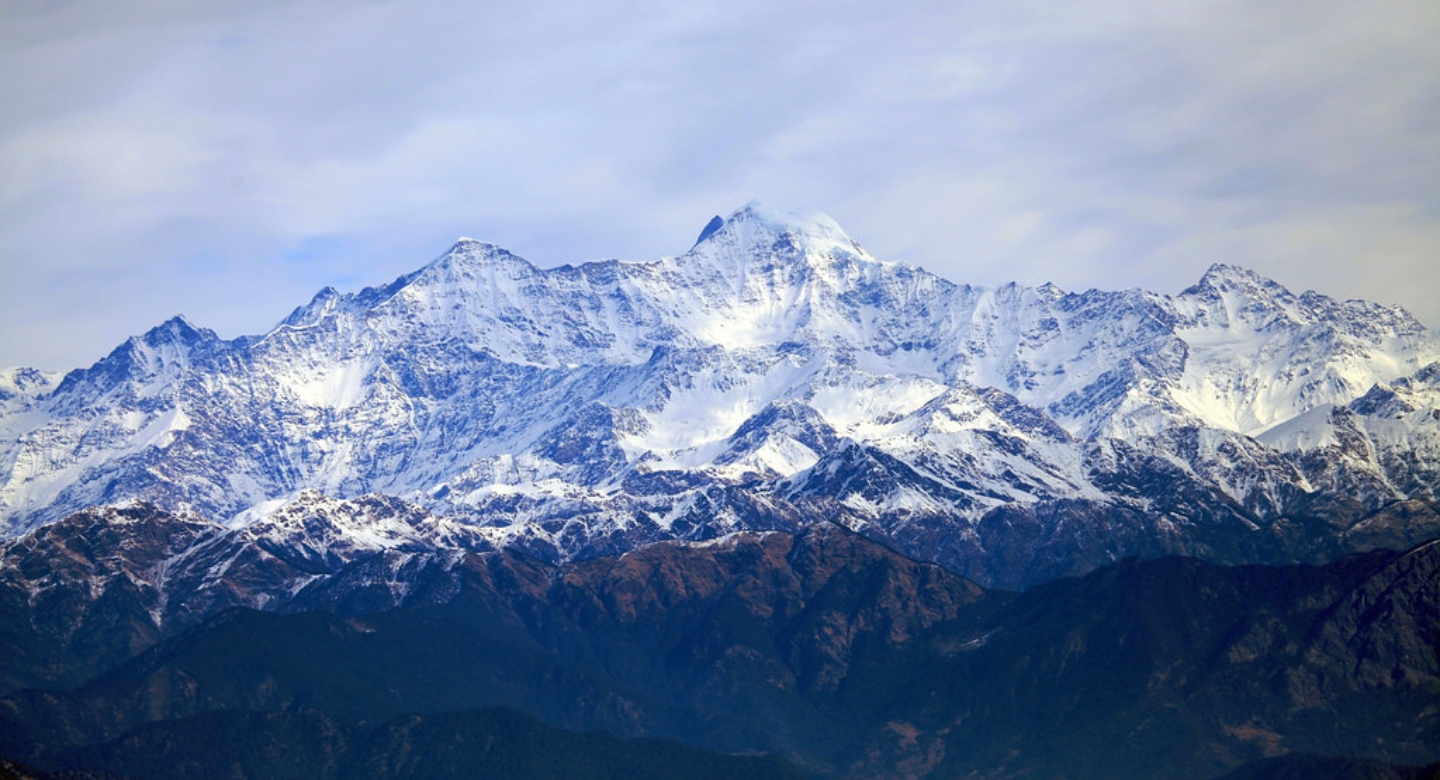
The Nag Tibba Winter Trek takes you on an enchanting journey through the tranquil Garhwal Himalayas in Uttarakhand. This trek is a perfect escape for those seeking adventure amidst pristine snow-covered terrains. Its serene atmosphere offers a refreshing break from the chaos of city life.
|
📍 Location |
Dehradun, Uttarakhand |
|
🏔️ Altitude |
9,915 ft |
|
👣 Distance |
16 KM |
|
🕓 Duration |
2 Days |
|
🥇 Grade |
Moderate |
9. Sandakphu Phalut Trek
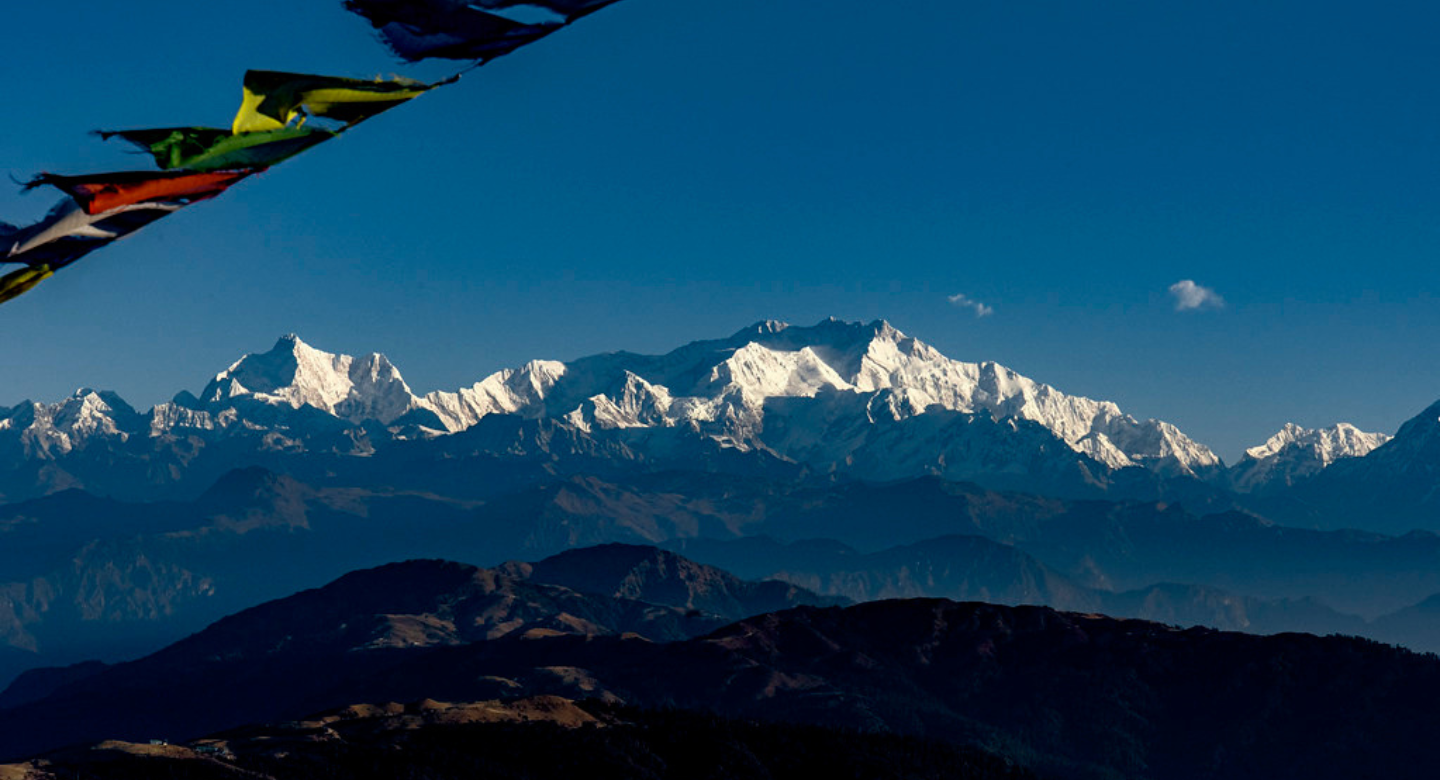
The Sandakphu Phalut Trek is a bucket-list adventure, offering unrivaled views of the world’s highest peaks. Trekkers can marvel at the majestic Mt. Everest, Kanchenjunga, and other towering giants of the Himalayas. It’s a once-in-a-lifetime experience that combines thrill and awe.
|
📍 Location |
Majua, West Bengal |
|
🏔️ Altitude |
11,929ft |
|
👣 Distance |
50 KM |
|
🕓 Duration |
9 Days |
|
🥇 Grade |
Moderate to Difficult |
10. Deoriatal Chandrashila Trek
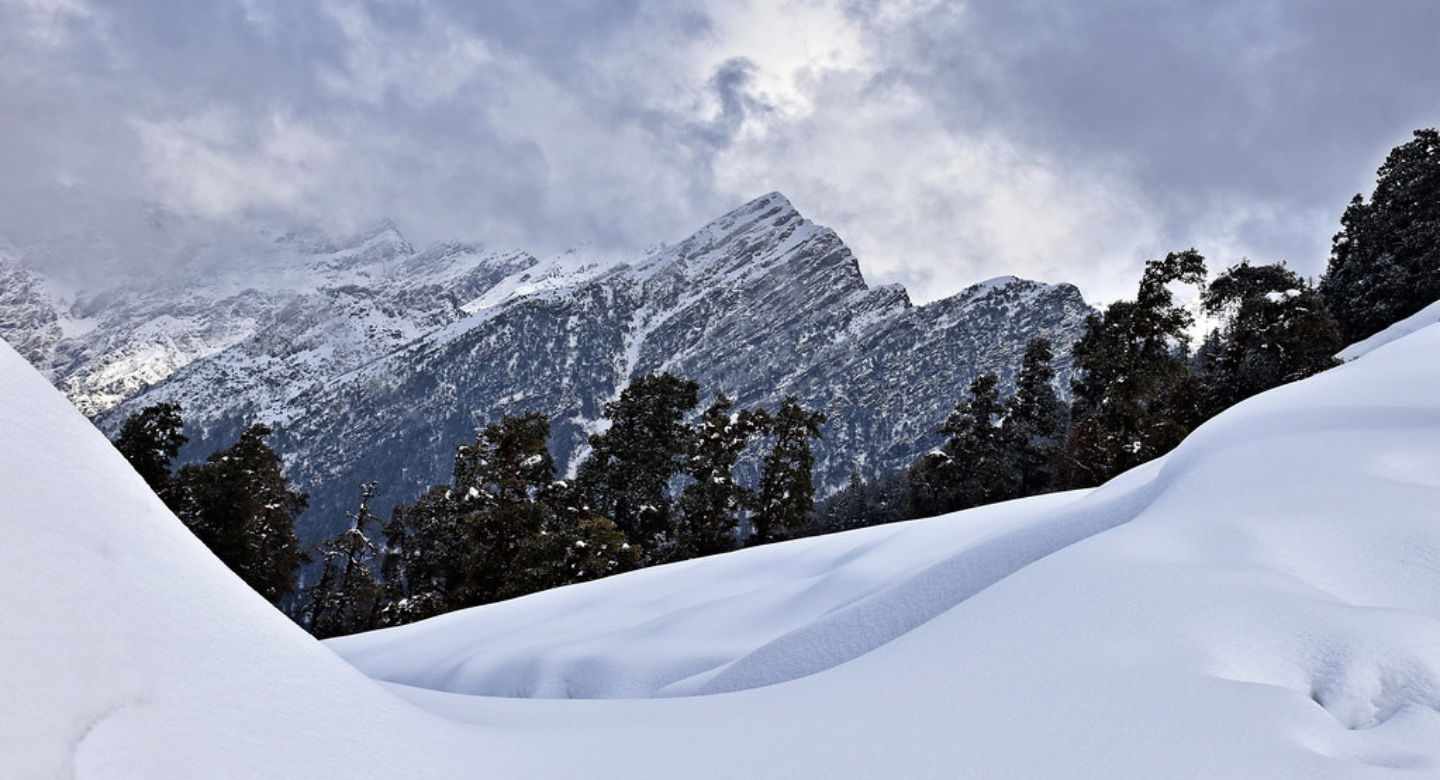
The Deoriatal Chandrashila Trek takes trekkers on a picturesque journey through dense oak and rhododendron forests. The trail is lined with vibrant flora, making the hike visually enchanting. With each step, adventurers are immersed in the serenity of the Himalayan landscape.
|
📍 Location |
Rishikesh, Uttarakhand |
|
🏔️ Altitude |
12,083 ft |
|
👣 Distance |
28 KM |
|
🕓 Duration |
6 Days |
|
🥇 Grade |
Easy to Moderate |
11. Brahmatal Trek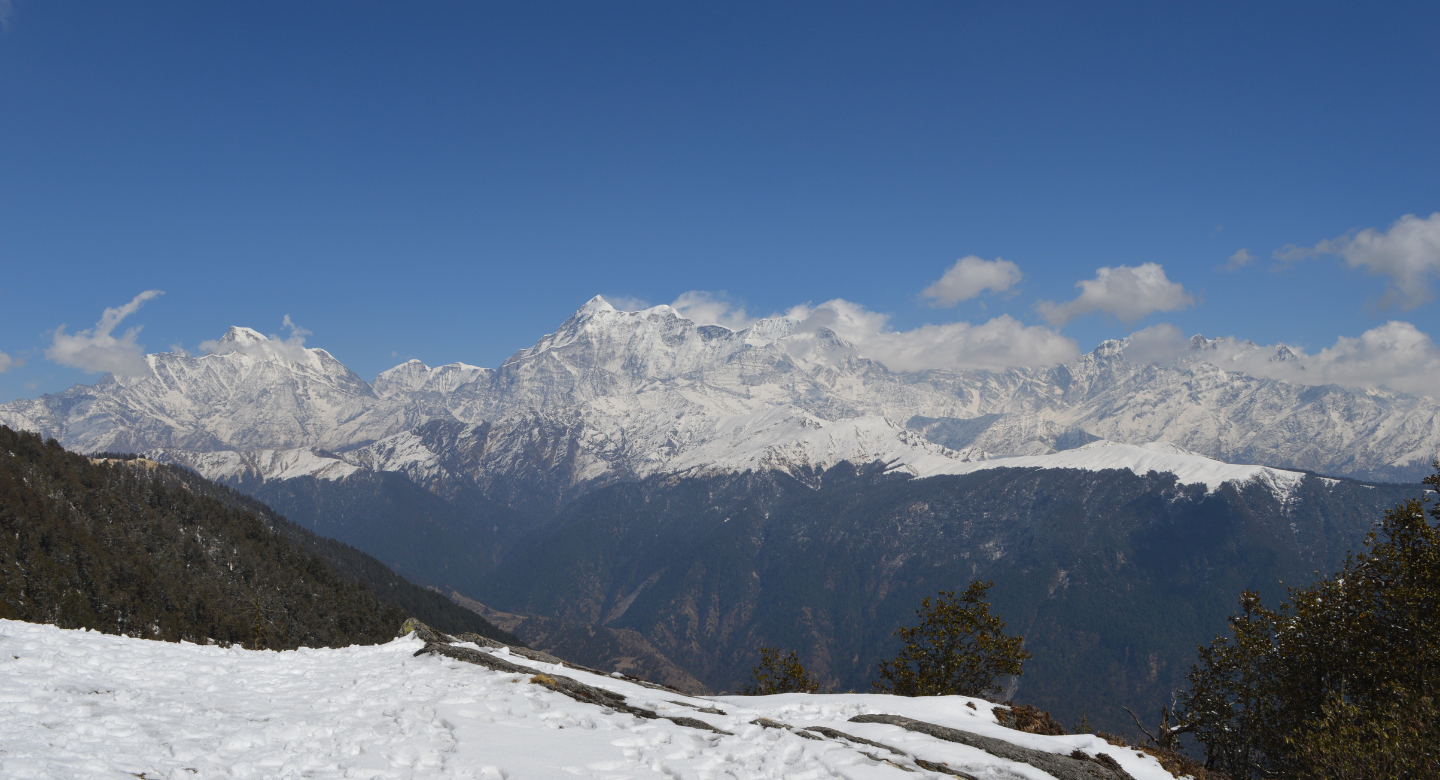
The Brahmatal Trek is a hidden treasure for winter trekking enthusiasts, offering a unique and serene experience. The trail takes trekkers through snow-covered forests, creating a picturesque winter wonderland. It’s a trek that promises peace and beauty at every turn.
|
📍 Location |
Lohajung, Uttarakhand |
|
🏔️ Altitude |
12,250 ft |
|
👣 Distance |
24 KM |
|
🕓 Duration |
6 Days |
|
🥇 Grade |
Easy to Moderate |
Tips for February Trek
Dress in Warm Layers:
Layering is essential to stay warm in February’s cold temperatures. Wear a moisture-wicking base layer, insulating mid-layer, and a waterproof outer layer. Add thermal gloves, a hat, and a down jacket for warmth.
Equip Yourself for Snowy Terrain:
Snowy trails can be slippery, so pack trekking poles and crampons or microspikes to help with balance. Quality trekking boots with good insulation and grip are also crucial for navigating icy patches.
Stay Hydrated and Energized:
Cold weather can suppress thirst, so drink water regularly even if you don’t feel thirsty. Pack high-calorie snacks like nuts, chocolate, and dried fruit to keep your energy up in the cold.
Start Early and Finish by Sunset:
Days are still short, so begin your trek early to maximize daylight. Ending before sunset helps you avoid trekking in freezing temperatures after dark.
Keep an Eye on the Weather:
February weather can be unpredictable in the Himalayas. Check forecasts regularly and be prepared to adjust your plans if snowstorms or extreme cold are expected.
Protect Electronics and Batteries:
Cold temperatures drain battery life faster, so keep electronics close to your body or in an insulated pouch. Carry spare batteries or a power bank to ensure you don’t lose power mid-trek.
Know the Altitude and Pace Yourself:
Trekking at high altitudes requires a gradual pace to avoid altitude sickness. Take frequent breaks, drink plenty of water, and listen to your body as you acclimate.
Carry Essential Winter Safety Gear:
Pack an emergency kit, including a thermal blanket, first aid supplies, and extra food. Basic winter survival skills can be helpful in case of unexpected weather or delays.
Conclusion
February is perfect for snow trekking and adventure sports, with numerous treks becoming accessible for exploration during this period. February trekking provides stunning vistas of snow-covered peaks, unforgettable snowy experiences, and greater opportunities for wildlife sightings. Nag Tibba and Bagji Bugyal treks are ideal for beginners looking for straightforward trails. Nonetheless, trekking in February demands improved fitness and training because of the difficulties presented by the snowy landscape.
Frequently Asked Questions (FAQs) on Best Treks to Do in February
Is February a safe month for trekking in the Himalayas?
Yes, February can be safe if you are well-prepared for winter conditions. Proper gear, layered clothing, and readiness for sudden weather changes are essential for a safe trek.
How cold does it get in February on the Himalayan treks?
Temperatures can vary greatly, ranging from mild during the day to freezing or below at night, especially at higher altitudes. Nighttime lows often dip well below zero.
What kind of clothing should I pack?
Bring warm, layered clothing, including thermal underlayers, insulated jackets, waterproof outerwear, gloves, a hat, and thick socks to stay comfortable in fluctuating temperatures.
Are there fewer trekkers on the trails in February?
Yes, February is part of the off-peak season, so you’ll encounter fewer trekkers, making the trails quieter and more peaceful.
Will I need any special gear?
Winter trekking gear, such as crampons or microspikes, trekking poles, and insulated, waterproof boots, is recommended to handle snow and icy paths.
Can I see wildlife on a February trek?
Yes, some wildlife moves to lower altitudes in winter, so February offers a unique chance to spot species like the Himalayan monal, snow leopard, and red fox.
What’s the weather like in February?
February weather is generally stable but cold, with clear skies during the day and a high chance of snow. Keep an eye on the forecast, as sudden snowfalls can occur.
Do I need previous trekking experience for February treks?
Prior trekking experience is recommended, especially for winter treks, as cold conditions and snow add difficulty. Choose a trek suited to your experience level.
What are the accommodations like in February?
Some accommodations may have limited amenities in winter. Bring a quality sleeping bag and verify that lodging is available along your route, especially in higher-altitude areas.
How can I stay warm at night?
Wear thermals, a hat, and insulated layers to bed. Using a high-quality sleeping bag rated for sub-zero temperatures will keep you warm during chilly February nights.
Anish
Related content
Interdum et malesuada fames


